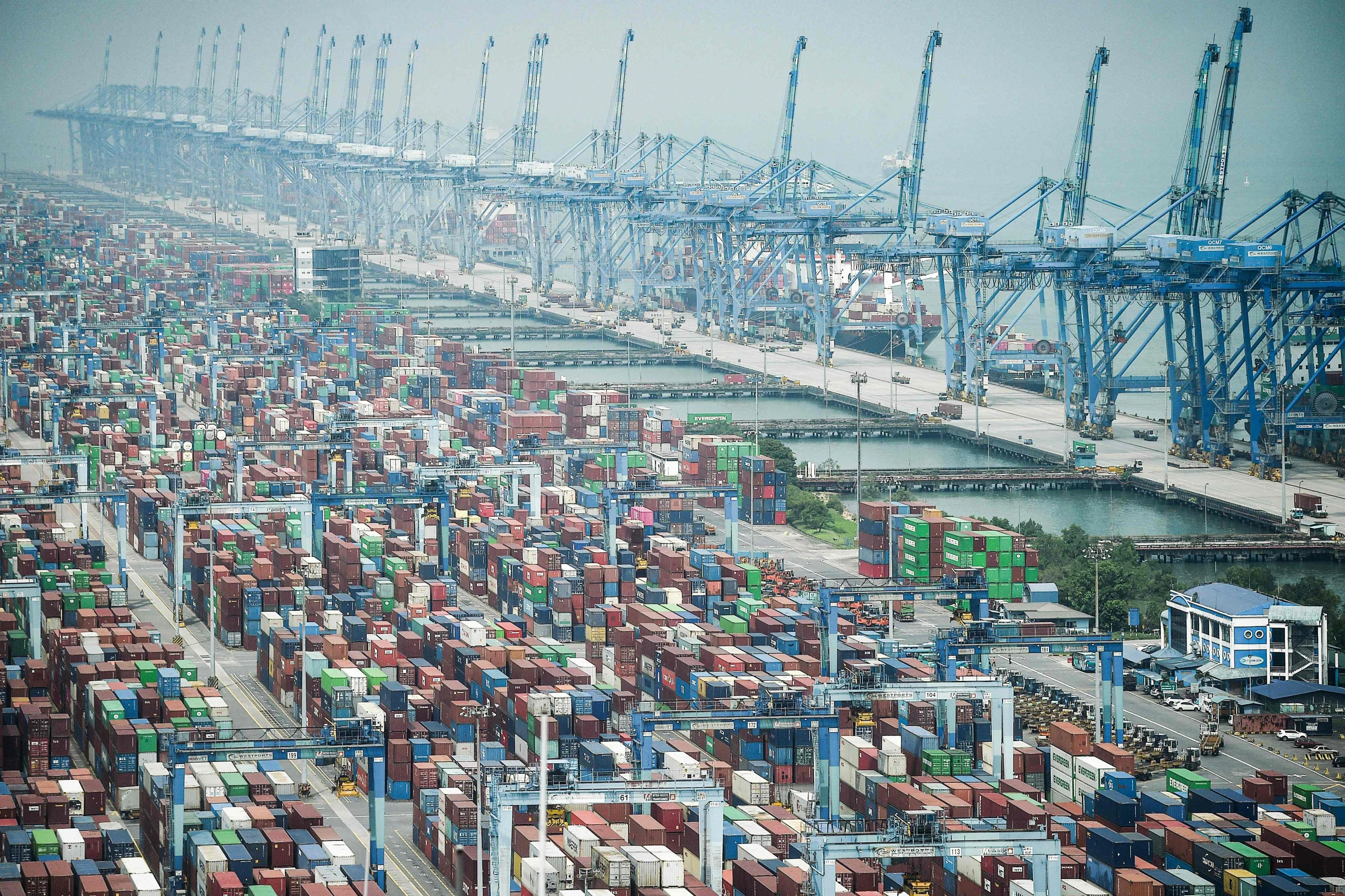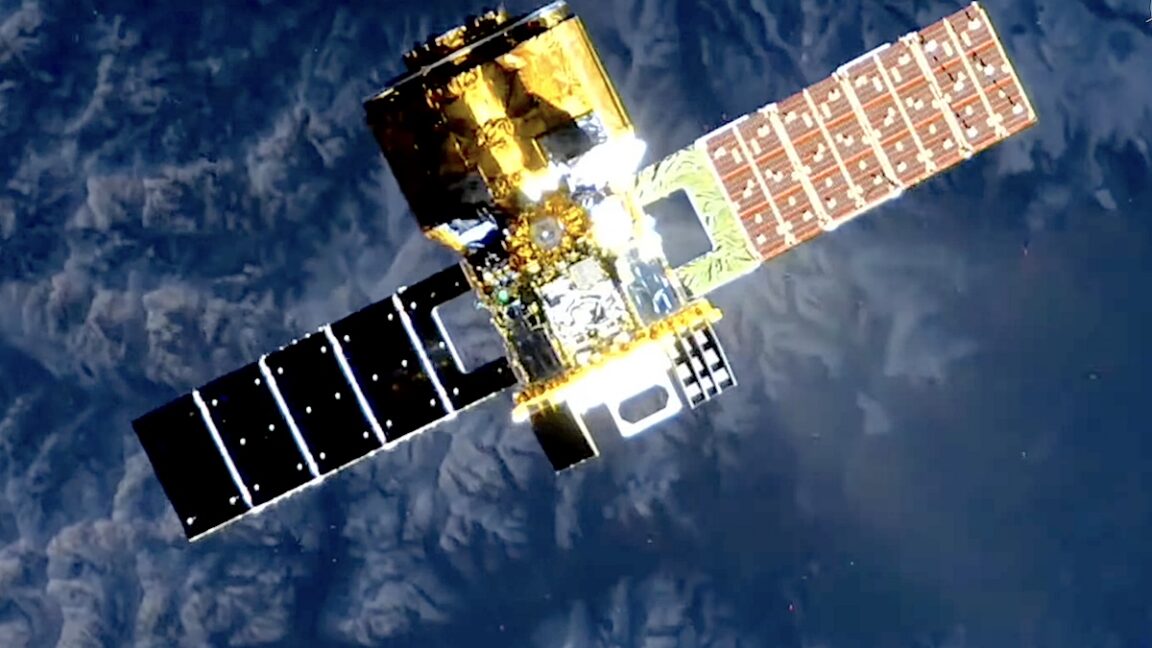Copyright scmp

Southeast Asia’s economic future remains entwined with China despite the attention lavished on the region this week by United States President Donald Trump, experts say, as Asean upgraded trade ties with Asia’s superpower and its largest commercial partner. The Association of Southeast Asian Nations on Tuesday agreed to expand its existing trade deal with Beijing to include future industries such as the digital economy and green technology, as well as boost integration of supply chains. The upgraded deal comes just days after Trump saw to the signing of trade deals with Cambodia, Malaysia and Vietnam – and agreements on critical mineral access with Malaysia and Thailand. During his headline-grabbing one-day visit to Malaysia for the Asean summit over the weekend, Trump pledged to “forge richer partnerships” and create “incredible prosperity for the nations on both sides of the Pacific Ocean”. The US is currently Asean’s largest export destination. But China has been the region’s largest trading partner for 16 years running – making the Asian giant indispensable to Asean’s economic health, experts say. “It is about future-proofing the trade relations with China,” said Adib Zalkapli, managing director at geopolitical and public affairs firm Viewfinder Global Affairs. “The upgraded FTA [free-trade agreement] is not only to expand the coverage to include new emerging technologies but also improving resilience in trade relations.” Much of the Asean summit that commenced on Sunday was focused on the bloc’s efforts to placate a mercurial Trump and secure preferential access for the region’s vital exports into the world’s largest consumer market. But Asean, under Malaysia’s chairmanship this year, has also bucked its usual placid diplomacy to grow trade linkages with other partners such as Australia, the European Union and East Asia. It also sought to break into largely untapped markets in Africa and Latin America through South Africa and Brazil, as well as energise the dormant Regional Comprehensive Economic Partnership (RCEP) trade deal – the world’s largest commercial partnership, seen to be loaded with promise but which is yet to fully take off. Asean’s aim is to trim down dependence on both the giant markets of the US and China while it continues to keep the title of the world’s fastest-growing region, according to experts. With a combined economic size of about US$4.1 trillion, the bloc is on track to becoming the world’s fourth-largest economy by 2030, which would give it clout to dictate its own terms, according to Mohd Faiz Abdullah, chairman of the Institute of Strategic and International Studies (Isis) Malaysia. “It could not be possibly so if it were to play second fiddle to the big powers. [Asean] could determine its own terms in terms of what is good for them,” Faiz told This Week in Asia. The grouping’s intended rise in global prominence, however, is not without peril. Driving the new industries that are the focus of Asean’s upgraded trade deal with China are critical minerals – a resource that the US is keen to secure from the region to wean itself off China’s near-monopoly of global supply. Beijing accounts for about 90 per cent of the world’s processed rare earths supply but depends heavily on imported raw materials from Myanmar, and is actively seeking new sources globally, including in Asean. That puts it in a race with Washington, which is seeking to develop its own rare earths processing capabilities. The rush to tie down access to critical minerals, key to producing everything from smartphones to solar panels, could trigger a renewed tussle between the world’s two biggest economies – and leave Asean squeezed in the middle. This was where the trade agreements with the US and China played an important role in mitigating the fallout, Adib of Viewfinder Global Affairs said. “The most important takeaway from the events over the last few days is that Asean has successfully balanced relations between the two major powers and hopefully hard-wired the institutional capacity to respond to similar challenges in the coming years,” he added. “The signing of the various agreements is just the first part of the story. The balancing act continues.”



